Affiliate links on Android Authority may earn us a commission. Learn more.
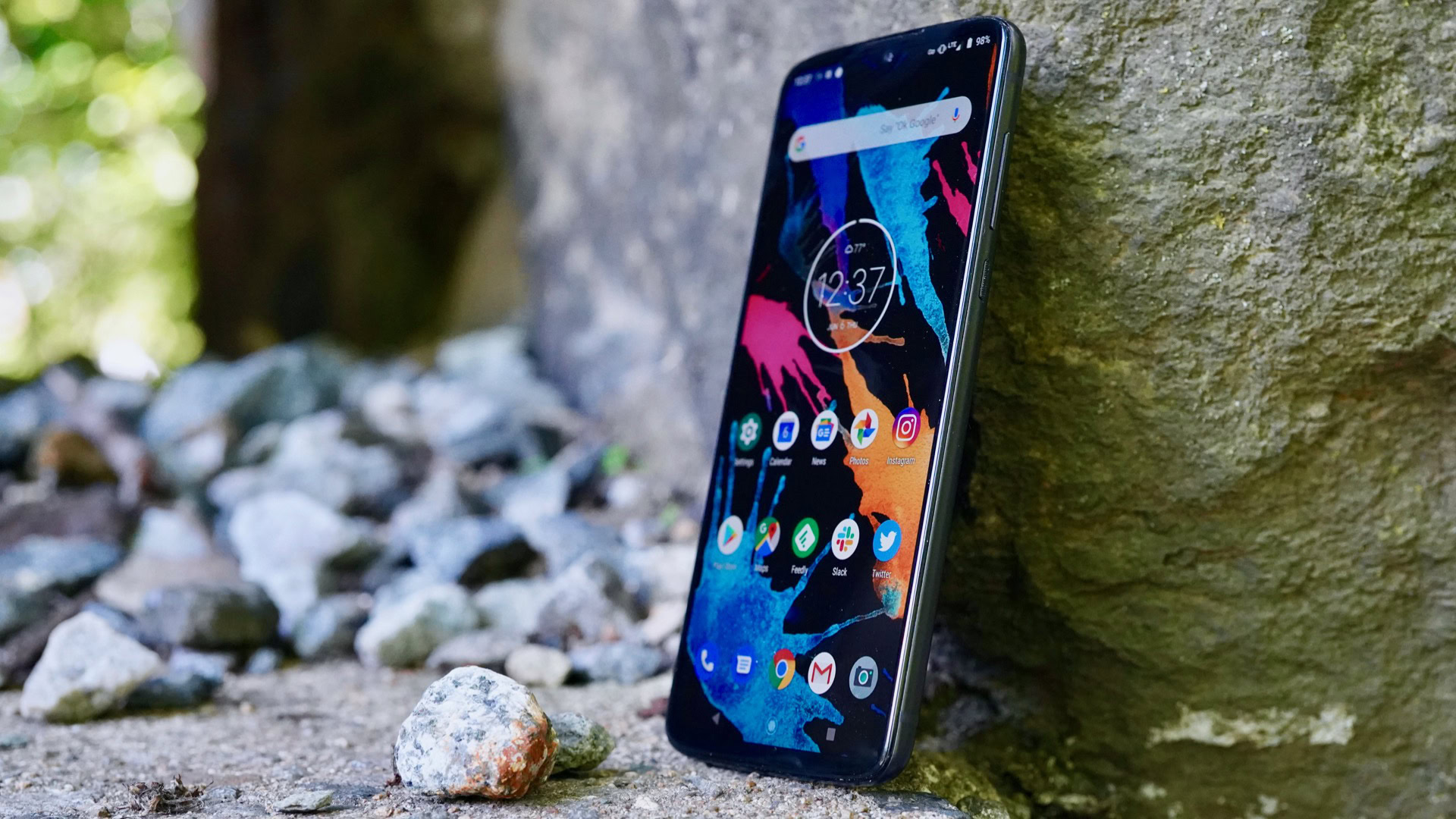
Motorola Moto Z4 review: Are Mods still worth buying into?
Published onJune 10, 2019
Motorola Moto Z4
What we like
What we don't like
Our scores
Motorola Moto Z4
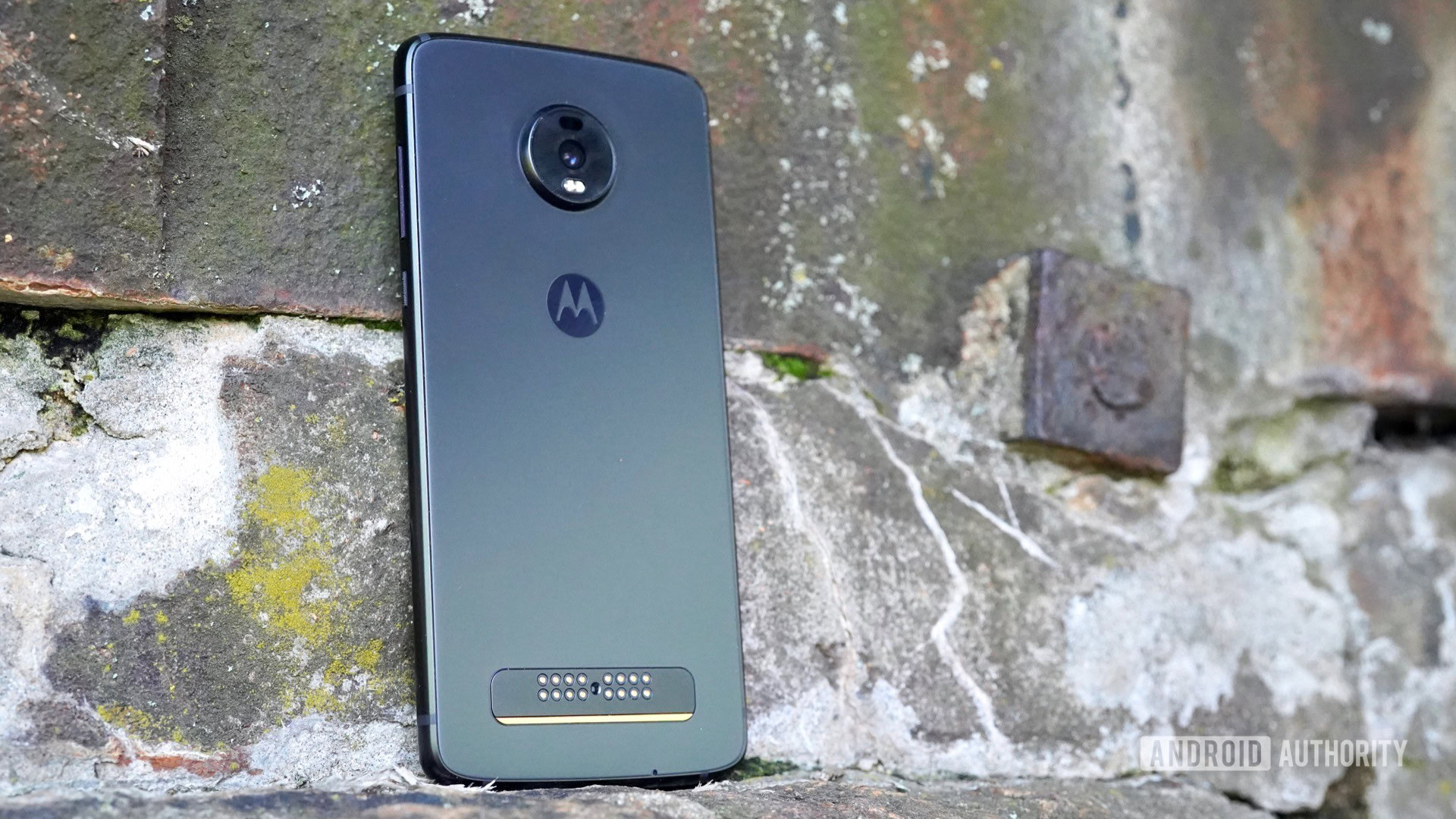
Motorola is taking yet another turn at its Mod-compatible series with the Moto Z4. As the name clearly indicates, this is the fourth-generation Z device, and with it, Motorola is stepping back and changing gears a bit. Rather than a true flagship phone, Motorola is pitching the Z4 as an affordable premium device. It costs hundreds of dollars less than flagships from Apple, LG, Samsung, and even OnePlus.
Verizon is the only carrier to offer the Moto Z4 in the U.S. and sells it with Motorola’s 5G Mod. Is the 5G upgrade enough to prove Motorola is still headed in the right direction with its Moto Z line?
Find out in Android Authority‘s Motorola Moto Z4 review.
Motorola Moto Z4 review: The big picture
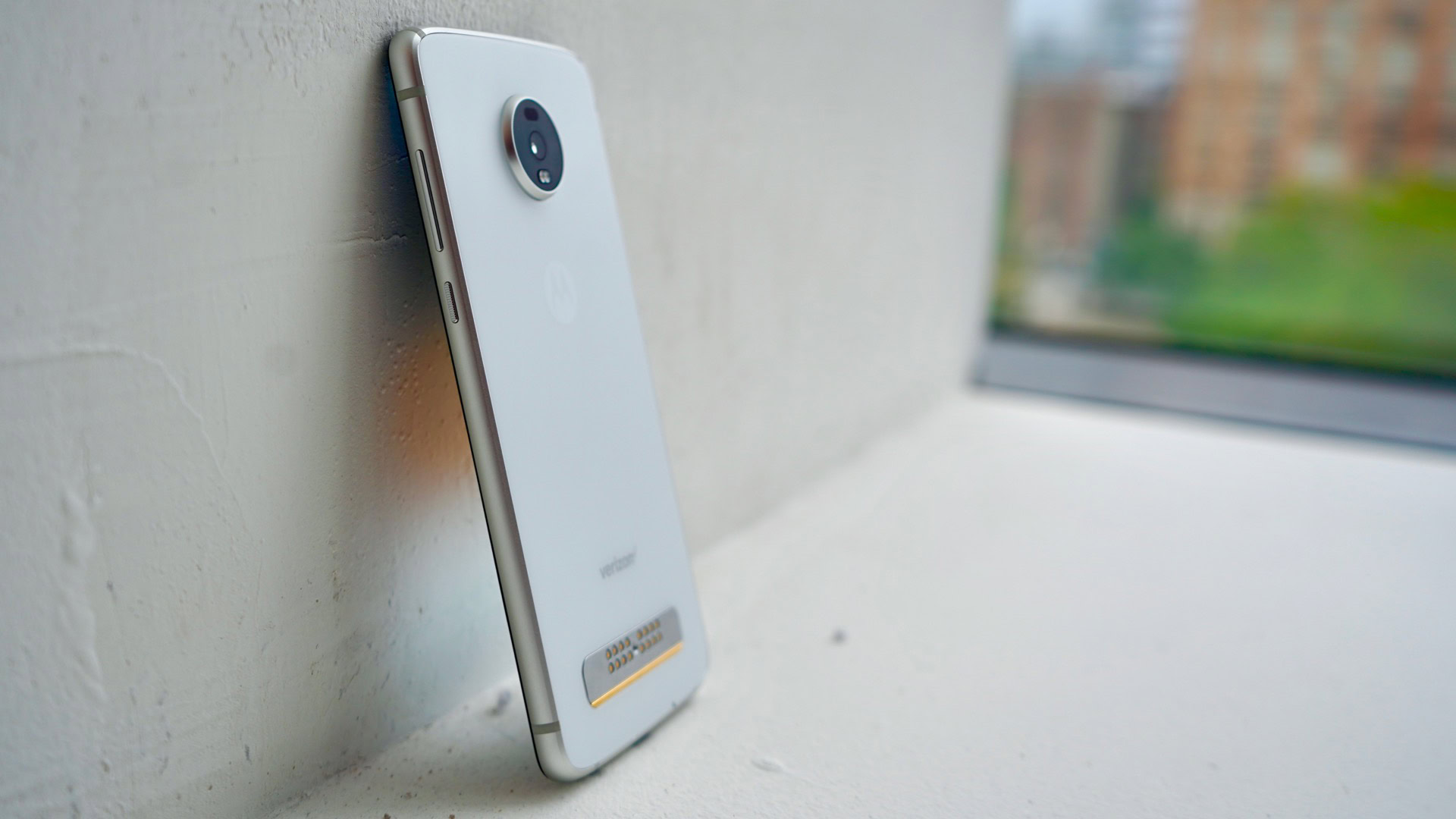
Motorola said via its Twitter feed that the Moto Z4 will be the only Z phone from the company this year. Previous Z generations have seen a mix of offerings, often with a strengthened “Force” edition and a watered-down “Play” edition. The Z4 carries forward Motorola’s flagship marquee in name only. Its specs are barely a tick better than last year’s Moto Z3 Play.
This leaves the future of the Z series in serious doubt.
The phone is priced to compete with the OnePluses of the world, not the LGs or Samsungs. Can the affordable price tag offset this dumbed-down smartphone? There isn’t an easy answer.
What’s in the box
- Moto Z4
- Moto TurboPower charger
- USB-A to USB-C cable
- 360 Moto Mod
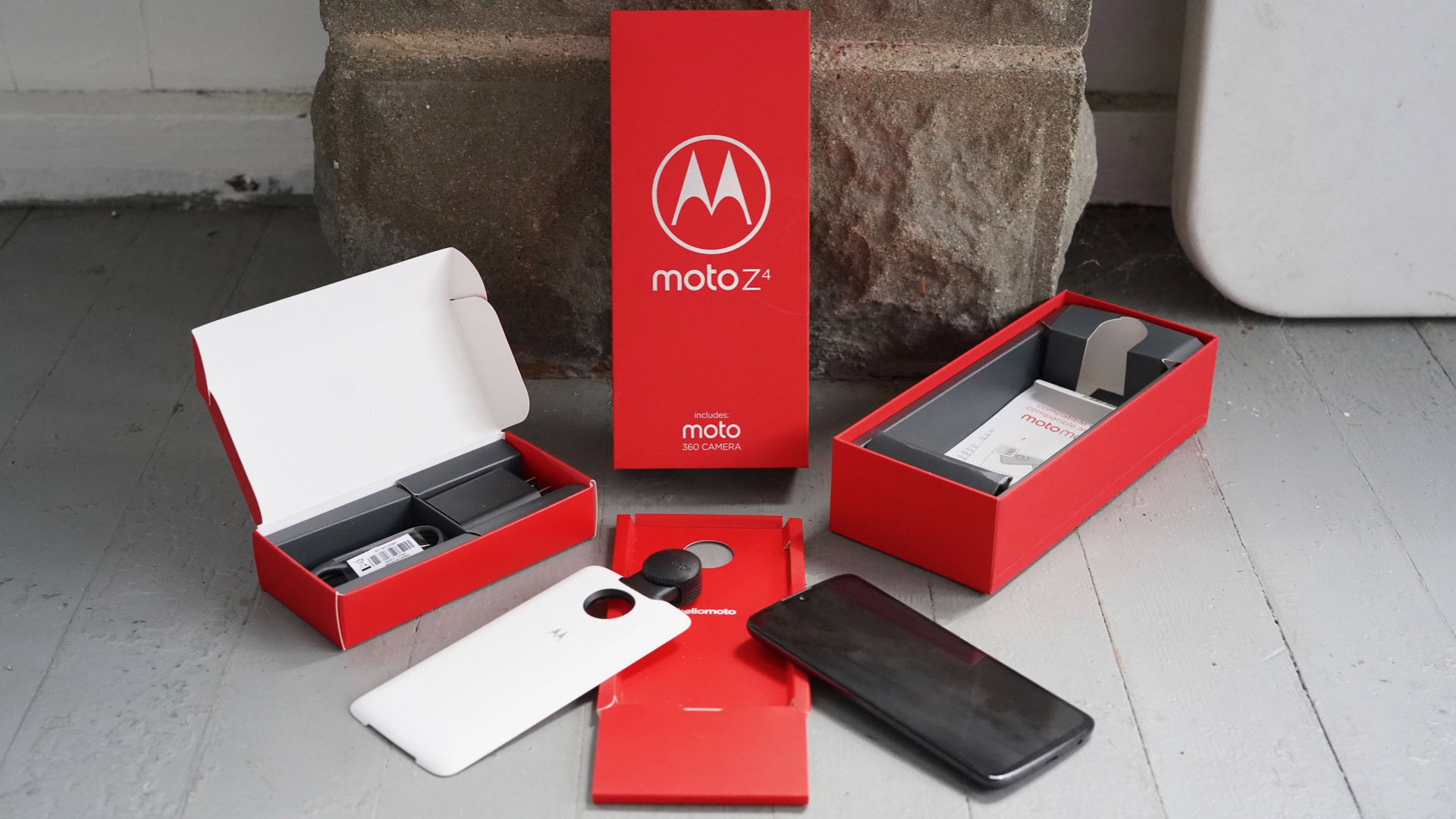
Motorola is selling the Moto Z4 either packaged with the 5G Mod or the 360 Camera Mod. Our review unit was packaged with the 360 Camera Mod. In addition to the phone and the Mod, the Z4 box includes a TurboPower wall socket and USB-A to USB-C cable for rapid charging.
There are no headphones or secondary Mods like the wireless charging case. We can only hope if a standalone Z4 ever goes on sale, it’s packaged with a basic rear protector mod.
Design
- 158 x 75 x 7.35mm
- 165g
- 3.5mm headphone jack
- MicroSD expandable storage
- Aluminum chassis
- 2.5D Gorilla Glass 3
- Single speaker
- Water repellent
To accommodate the Moto Mods, the Moto Z4 maintains roughly the same size and shape of its predecessors, with only subtle differences between it and even the first-generation Moto Z. In short: There’s nothing here we haven’t seen before.
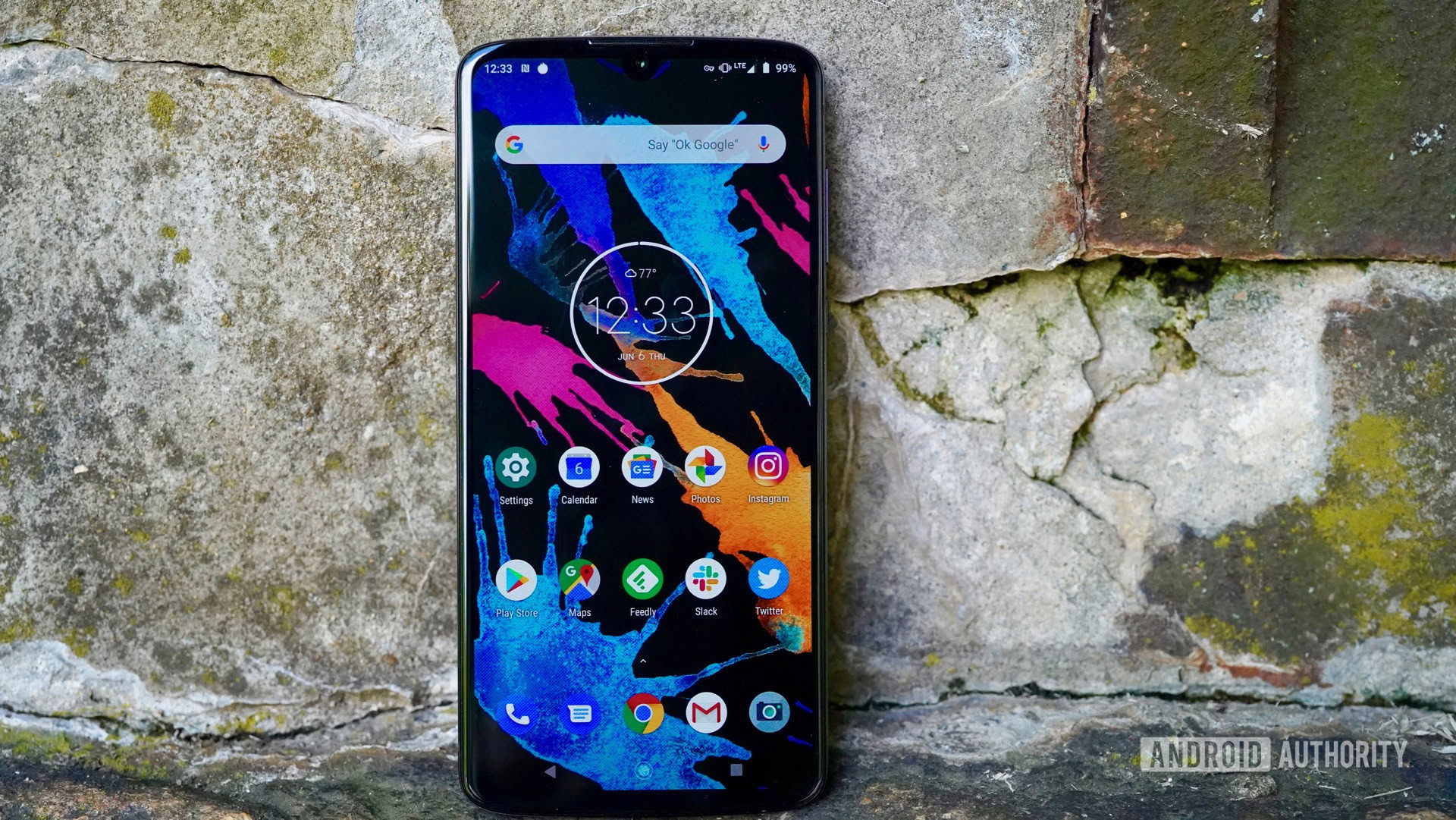
The Moto Z4 has an aluminum frame sandwiched between two Gorilla Glass 3 panels. The glass curves along the edges where it meets the frame. Motorola increased the Z4’s thickness just a bit, to accommodate a larger battery. I’m not going to complain about it. You can get the Z4 in Flash Gray or Frost White.
I appreciate all the ports, buttons, and controls. The volume toggle and screen lock key are high on the right side of the phone. I found them easy to use and the action is perfect. A tray tucked into the top edge pulls double-duty, holding both the SIM card and microSD memory card. The USB-C port and (huzzah!) 3.5mm headphone jack populate the bottom edge.
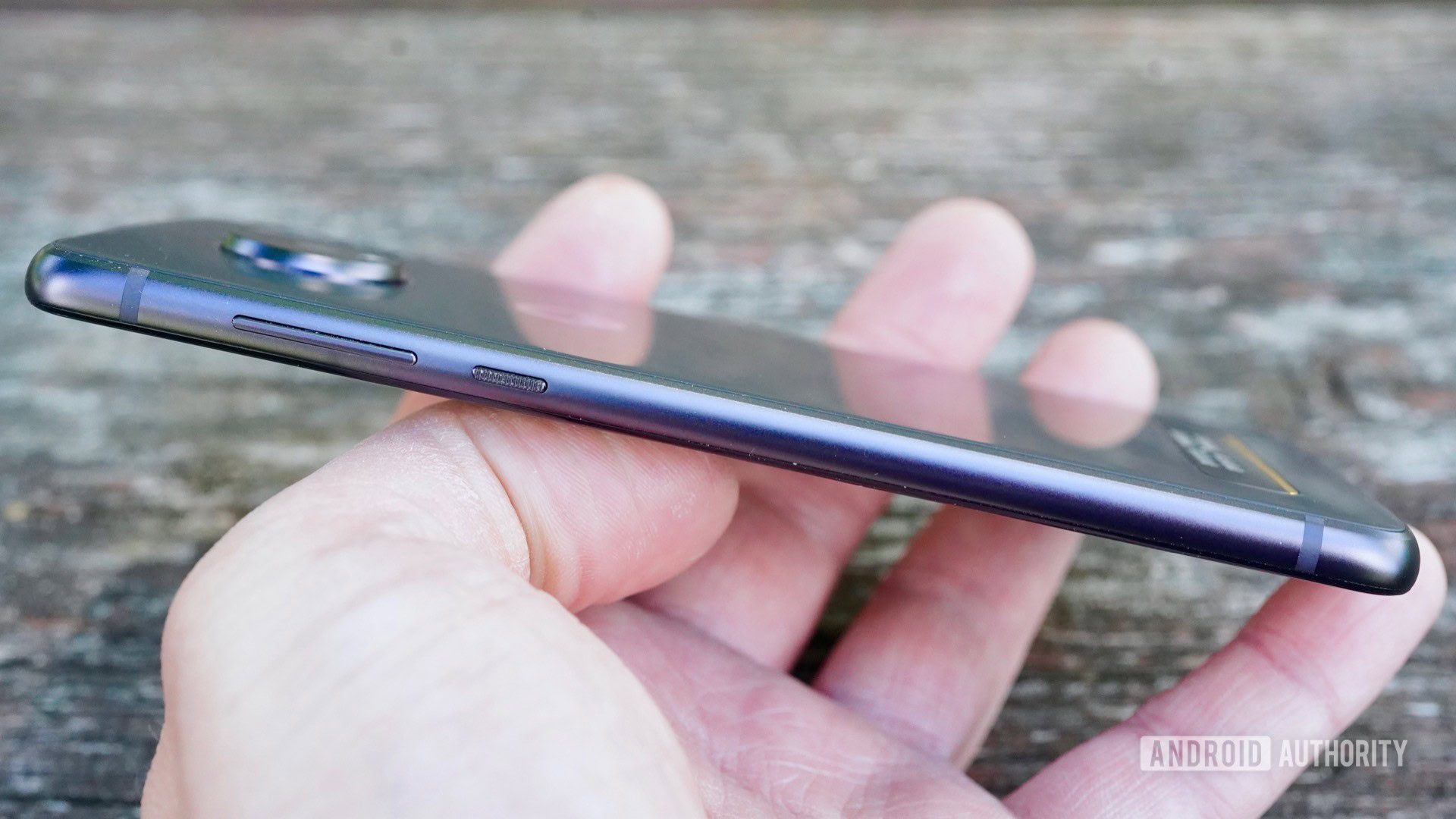
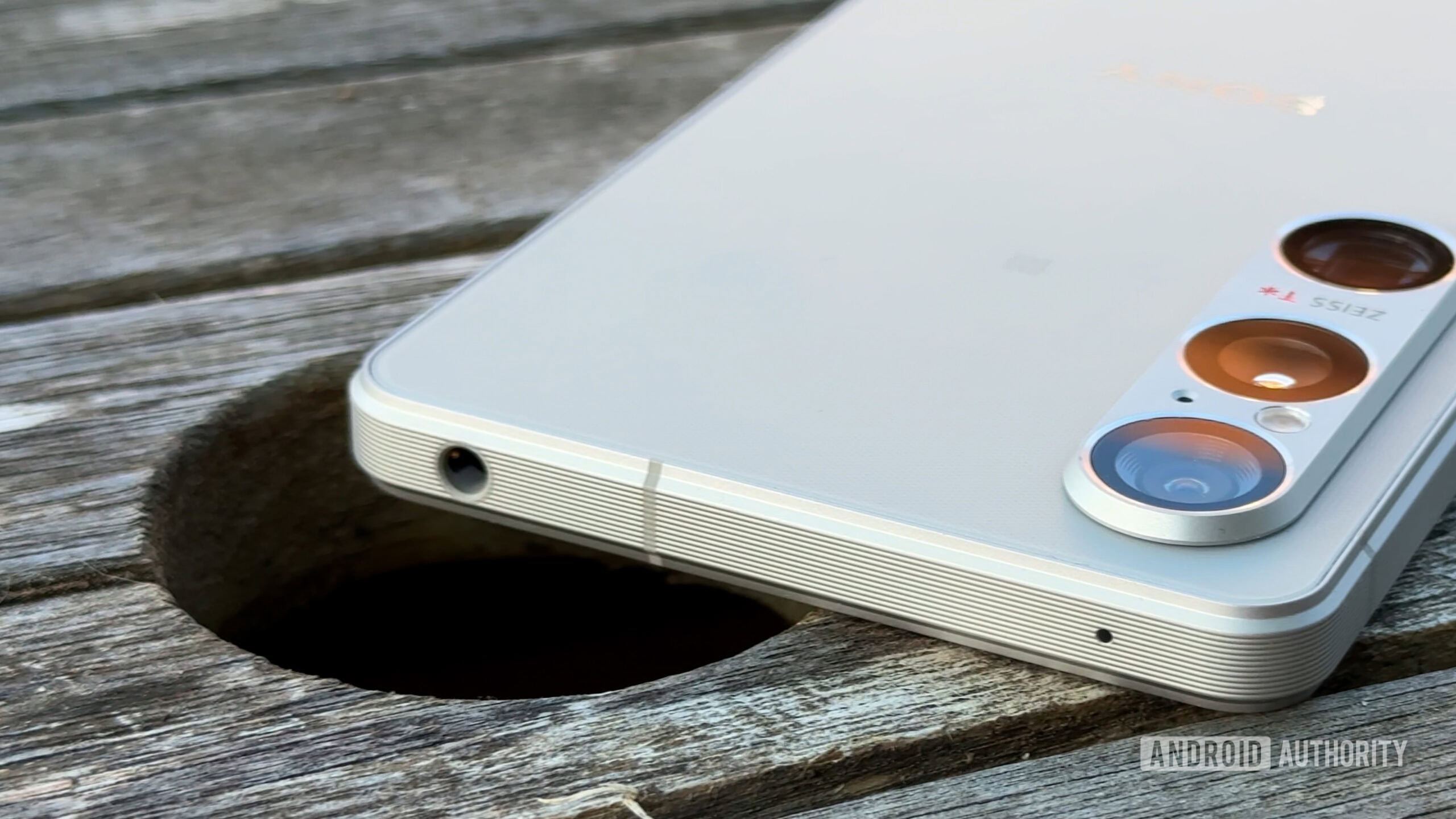
Moto’s Z series devices have all had perfectly flat rear panels and the Z4 is no different. The rear glass feels very smooth thanks to the fine polish. A large, circular module near the top contains the single camera, flash, and sensor array. Copper contact points sit close to the bottom edge.
The arrangement of these two components has defined the Moto Z line since the beginning. Mods rely on the camera module for basic positioning and the copper contacts for communication between the Mod and the phone itself.
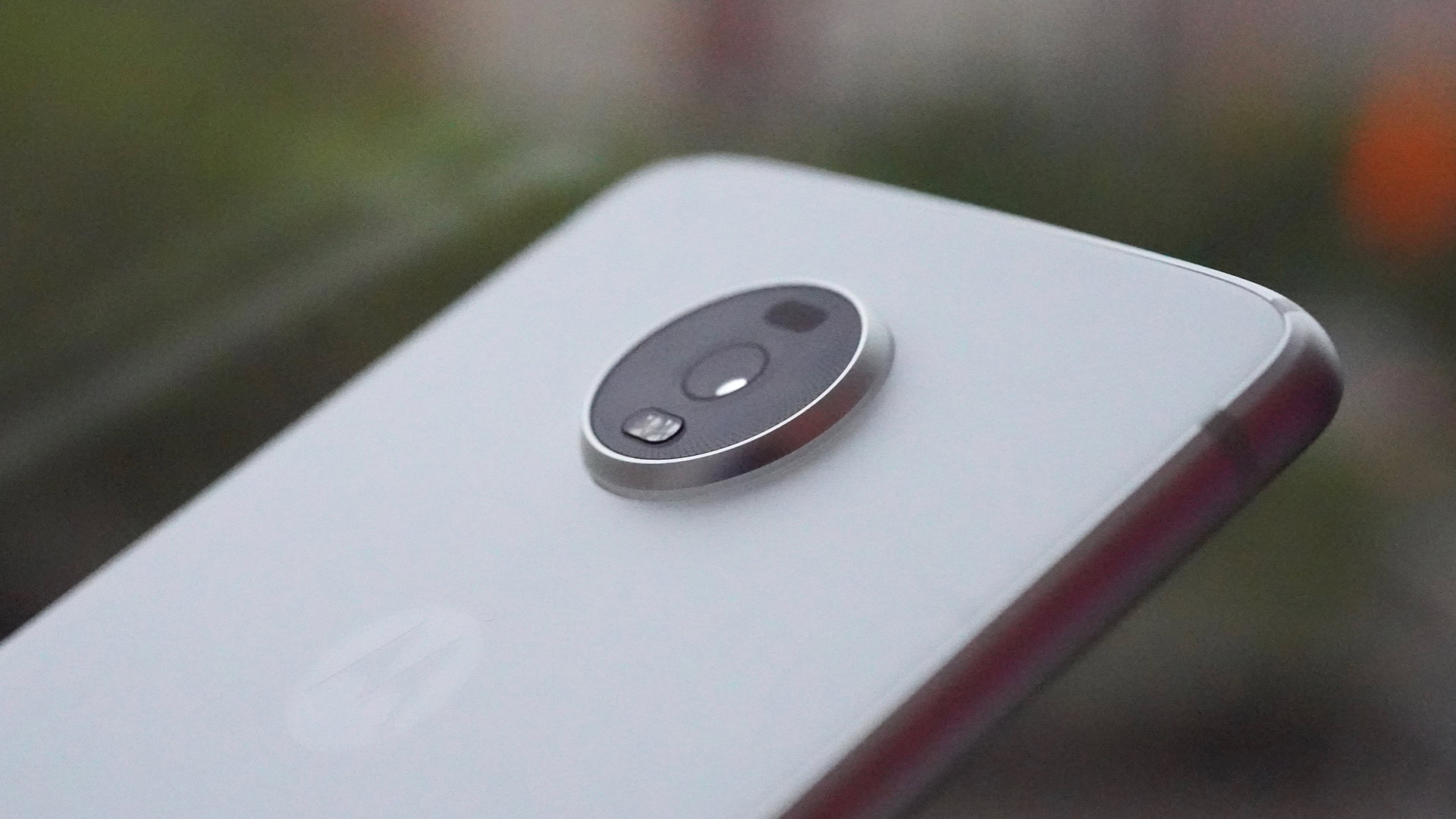
Motorola made one change this year I find puzzling. The aluminum frame is angled inwards, which creates two effects: 1. It makes the Z4 the most comfortable Z phone yet to hold and use sans Mod; and 2. It means Mods don’t fit as seamlessly on the Z4 as older Z devices. Let’s talk about this for just a sec.
The Moto Mods are the whole appeal of Z series devices. By themselves, the phones are thin, light, and look good. The Mods give them features such as a projector, 360-degree camera, or set of speakers. Motorola did a fantastic job designing and engineering the Mods, which stay firmly in place thanks to magnets. Mods adhered to the rear panel seamlessly — until the Z4.
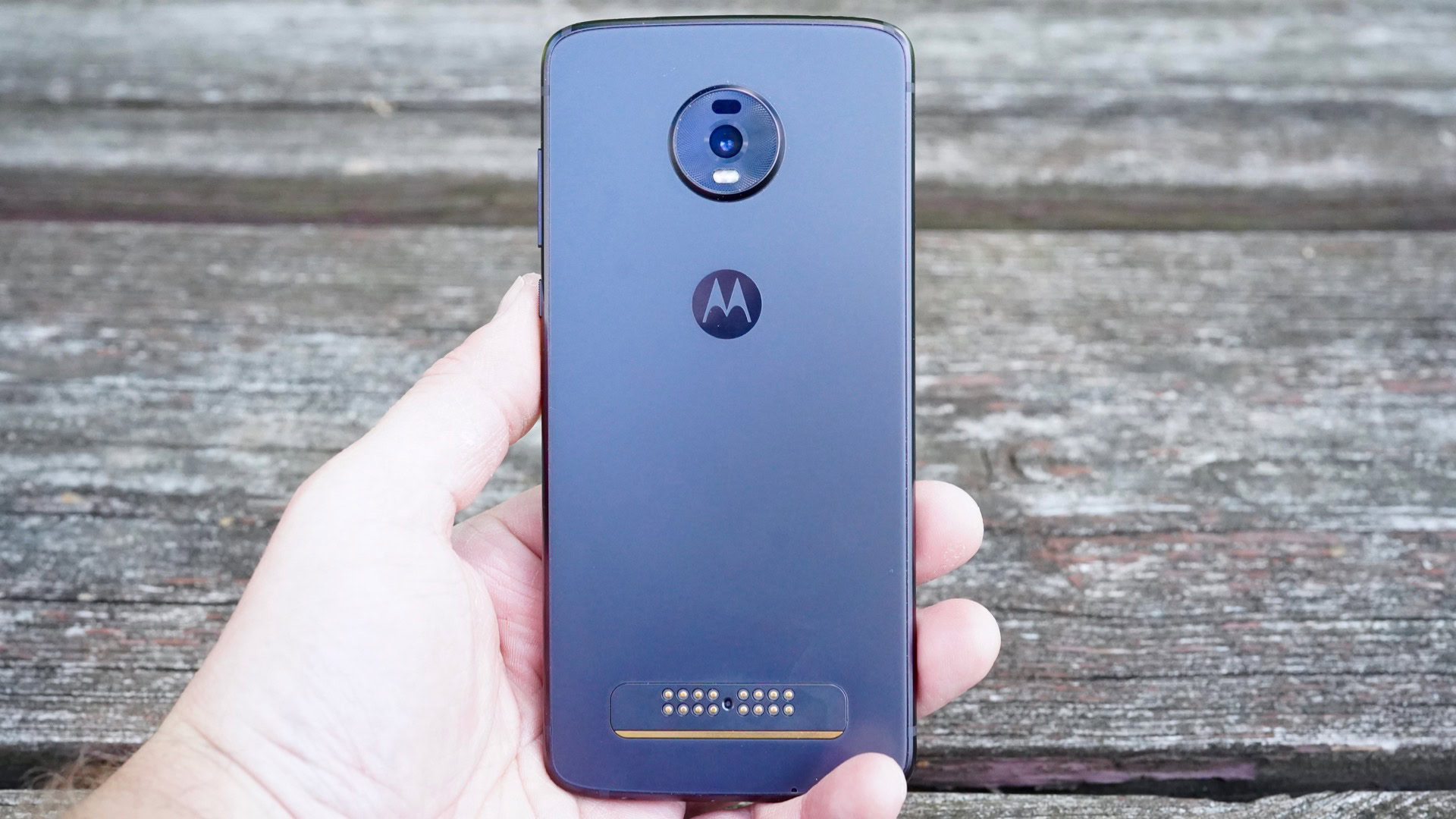
The Z4’s slightly (and I mean slightly) smaller rear footprint leaves a tiny ledge between the phone and the Mod. This ledge is easy to feel, and can easily get caught on your palm, your pocket liner, or whatever else. The danger here is the Mods are no longer secured as tightly as before. I’m not saying the mods will go flying off, but the change in comfort alone is troublesome to me.
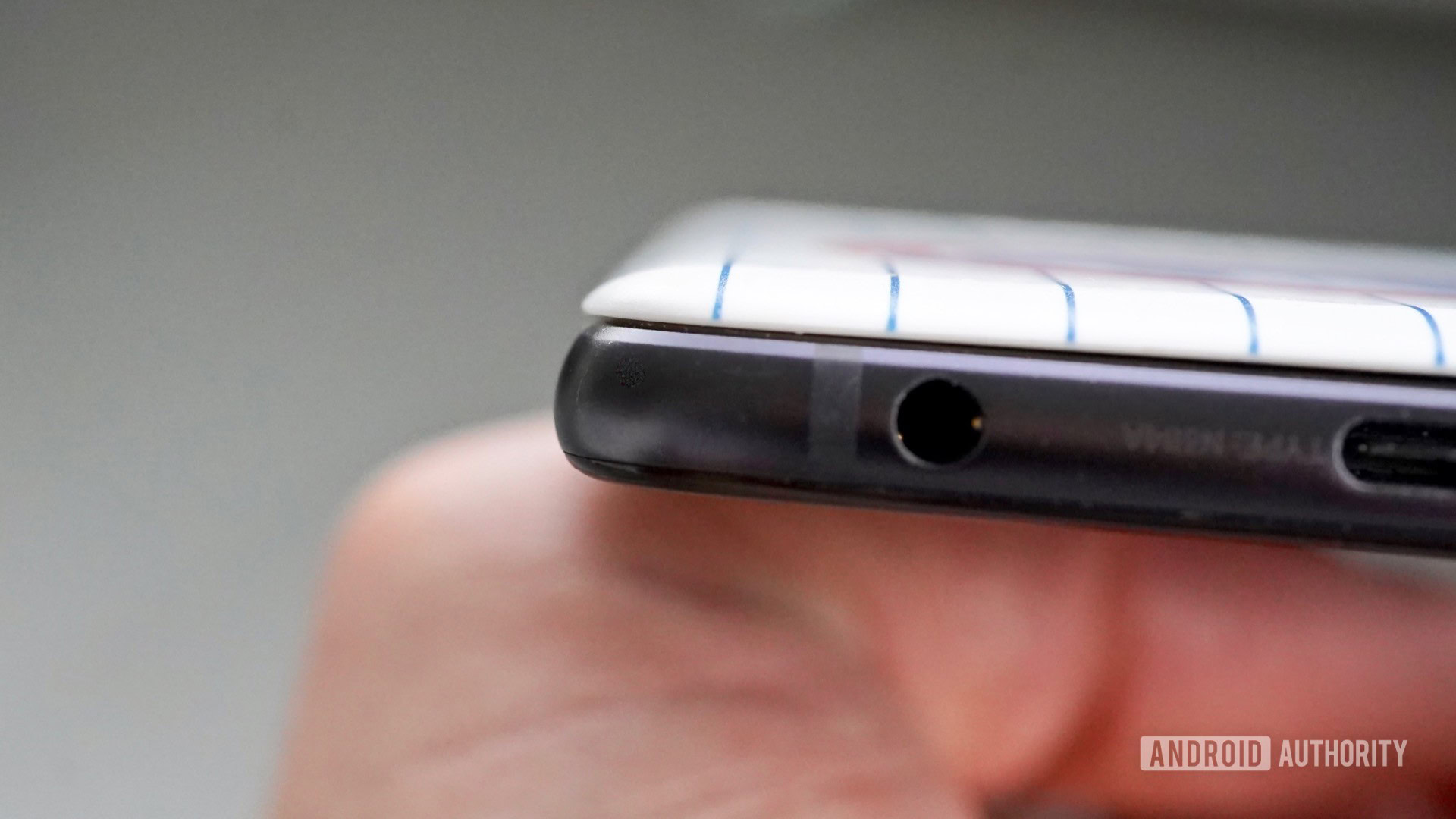
Finally, once again Motorola has deigned water resistant a nice-to-have, not a must-have feature. The Moto Z4’s internals have been sprayed with a water-repellent material that is supposed to keep the silicon safe from small amounts of moisture (sweat or rain).
It is not waterproof and cannot be submerged.
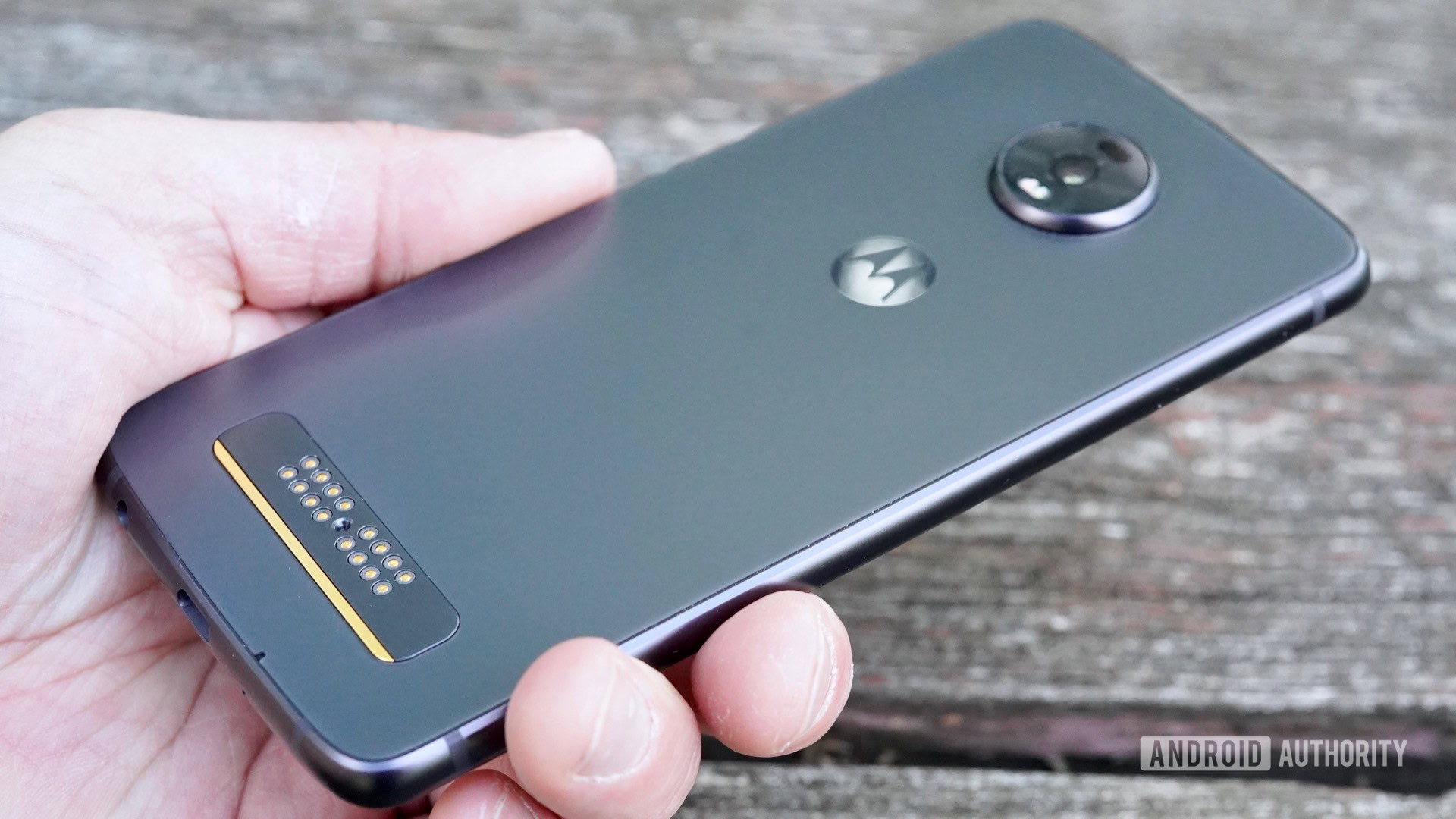
Display
- 6.39-inch Full HD+ AMOLED
- 2,340 x 1,080
- 19.5:9 aspect ratio
- 1,000,000:1 contrast ratio
I don’t think it’s a stretch to call the Moto Z4’s display the best I’ve seen on a Motorola device. It’s large, pixel-rich, and incredibly colorful. The huge contrast ratio afforded by the AMOLED panel ensures you get the blackest blacks and brightest whites. It’s a fine display, and rivals phones that cost hundreds more.
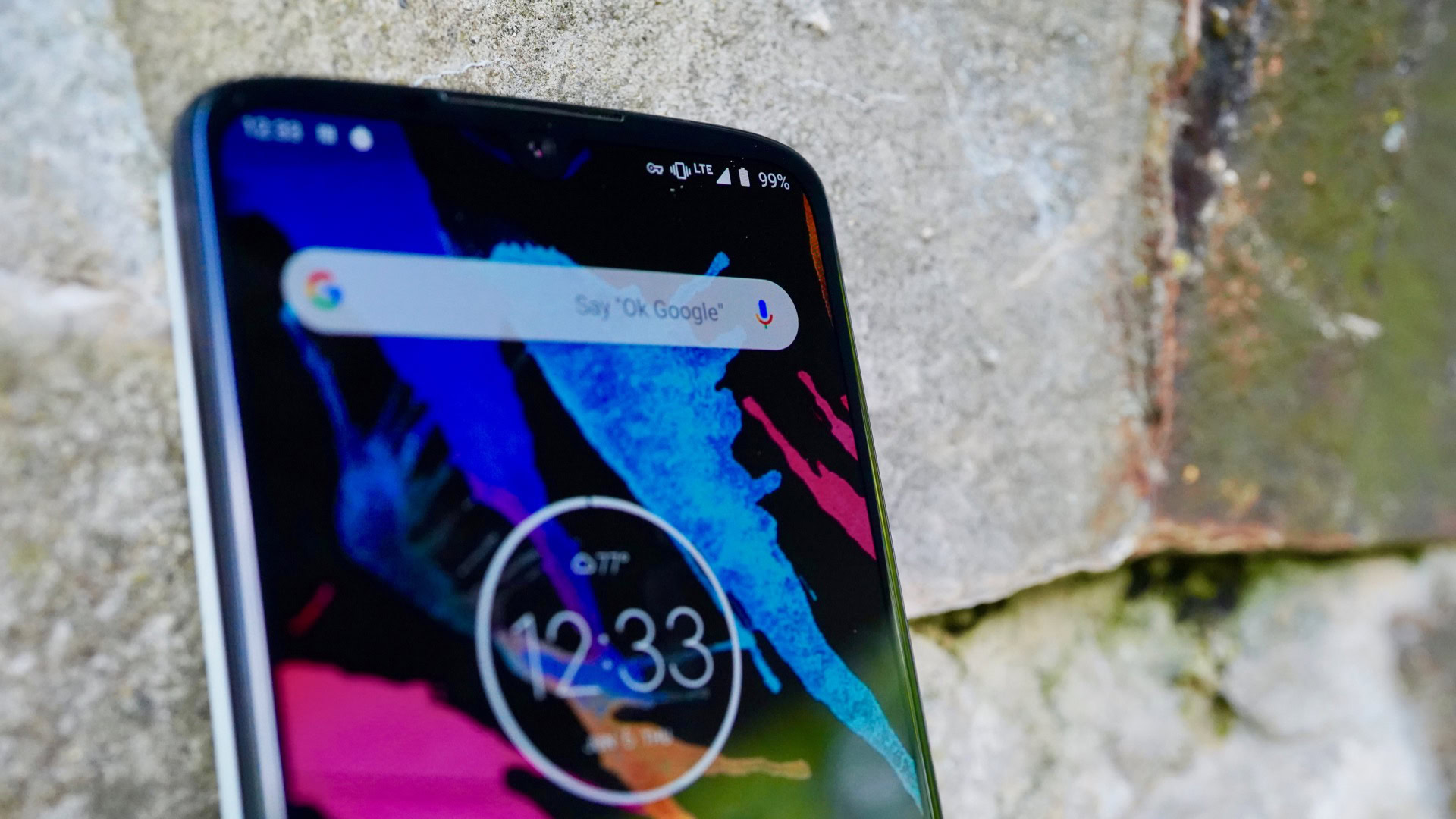
The 19.5:9 aspect ratio means the screen nearly fills the entire front face. Though the footprint of the Z4 is basically the same as the first Moto Z phone from several years ago, Motorola practically eliminated the bezels to create a seamless experience. The user-facing camera sits in a teardrop notch at the top. The notch is so small as to be almost unnoticeable, and the forehead and chin bezels are kept in check.
Biometrics are hidden behind the display. Motorola opted for an in-display fingerprint sensor, rather than cramming one into the chin. Training the in-display sensor is the same as training any other, and it takes but a moment. I found the reader reliable, but it took half a second too long to authenticate my print. The animation it displays when reading your print is straight out of a science fiction movie.
Motorola did a fine job adapting its Moto Z platform for today’s all-screen look.
Performance
- Qualcomm Snapdragon 675
- Octa-core 2.0GHz
- Adreno 612 GPU
- 4GB RAM
Performance is a bit uneven, I’m sorry to say. Where the first Moto Z phone was a true flagship, the current Moto Z4 is more of a high-end mid-ranger. The Z4 has a Snapdragon 600 series processor rather than a Snapdragon 800 series processor, and I can tell the difference not just in benchmarks, but in everyday use.
A monster performer the Moto Z4 is not.
I brought the Moto Z4 along as my daily driver on a recent business trip. Things were not 100 percent from the get go. Sometimes apps crashed or failed to load altogether. I experienced app hangs, and RAM-intensive apps like the camera were prone to sluggish behavior. Graphics-rich games such as Asphalt brought the phone to its knees. The benchmarks only put some metrics to these experiences.
Geekbench 4 scores showed 1,953 for single-core performance and 5,932 for multi-core performance. This put the Z4 solidly behind 2017-era flagships like the Galaxy S8, Note 8, and Pixel 2. 3DMark scores were markedly worse. The phone scored 1,044 on the OpenGL ES 3.1 test and 1,063 on the Vulkan test. That 1,044 put the Z4 behind 63 percent of phones in the 3DMark database. The Vulkan rating was worse yet again, putting the Z4 behind a whopping 75 percent of phones. AnTuTu resulted in a score of 170,807, putting the Z4 behind 58 percent of the field.
A monster performer the Moto Z4 is not.
Battery
- 3,600mAh Lithium-ion
- Motorola 15W TurboPower
- No wireless charging
If one thing about the Moto Z4 impressed the hell out of me, it was battery life. I used the phone extensively on my recent business trip and it went the distance — quite literally. The first day of my trip happened to be a long one. I unplugged the Z4 at 3:45 a.m. as I left for the airport. I used the phone all day in Newark, Chicago, and Atlanta before finally plugging it back in to charge at 2:45 a.m. in my Dallas hotel room. Over that 24-hour period, the phone gave me more than seven hours of screen-on time and it still had 37 percent left in the tank. You can’t ask for much more than that.
Motorola made battery life a priority, and it shows.
On what most people would call a “regular” day, the Z4 pushed from breakfast to bedtime without breaking a sweat. During those days, I used the Z4 to check email, get mad at Twitter, appreciate Instagram, and manage my Slacks. The Z4 easily coasted through without dipping below 50 percent. Motorola says the phone can last up to two days, and I think that’s a fair claim.
Charging speeds were excellent via the included charger. Plug the Moto Z4 in for 15 minutes and you’ll get seven to eight hours of battery life. That’s perfect for when you come from work on a Friday afternoon and have a quick turn-around before your evening plans start.
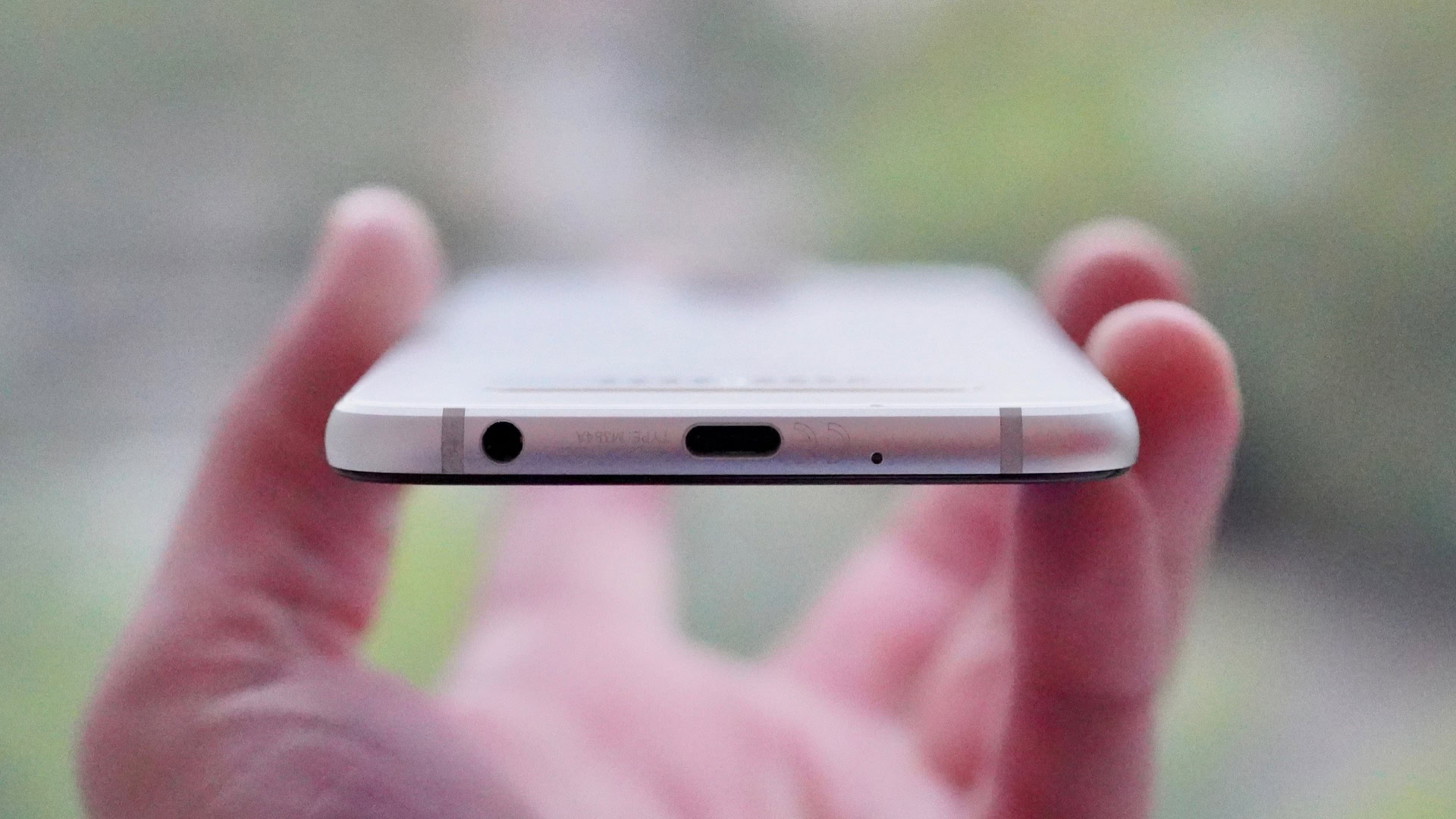
Motorola made battery life a priority, and it shows.
Last, wireless charging is not available to the Z4 on its own. If you care to spend an extra $50 on Motorola’s Wireless Charging Mod, then you’ll be good to go. I hate that you have to shell out extra dough to get a feature so many other devices already have built in.
Camera
- Rear camera:
- 48MP sensor with 12MP output
- f/1.7 aperture, 1.6um pixel size
- OIS, PDAF, laser autofocus
- CCT dual-LED flash
- Front camera:
- 25MP sensor with 6.25MP output
- Quad Pixel technology
- f/2.0 aperture
- 0.9um pixel size
Motorola is clinging firmly to the idea that one camera is good enough. Where most of the competition has moved to two-camera systems, the Moto Z4 has but a single sensor on the rear. It’s a whopper at 48MP, though it bins that down to 12MP for better performance in low-light settings.
Results are, sadly, all over the map. As you can see in some of the shots below, bright sunlight resulted in lots of contrast despite the fact that the auto HDR tool was on. The shadows in the first bridge picture, for example, are completely lost. Detail and focus are fairly decent throughout, but exposure and white balance are inconsistent. I had a hard time avoiding the halo effect whenever a strong light source was around (like, you know, the sun.) You can see it in the under-the-bridge shots.
I took a couple of shots of myself with the front camera and you can see the dramatically different results. The first batch is in normal mode. The phone’s beauty filter made a mess of my face (I look like a mannequin!), but the exposure is good and the detail in the background is great. When I tried the selfie portrait mode instead, it did a ridiculous job carving an outline around my head and hazing out the background. These are embarrassingly bad.
The various shooting modes are fun. The Spot Color tool didn’t do a terrible job on the rose shot, and features such as Cinematography and Live Filter can lead to fun results. The video camera gives you access to slow-motion and time-lapse, which are about all I need.
The Night Mode is awful. Check the samples below. The left image is taken in normal camera mode with the second taken in Night Mode. Night Mode introduces incredible amounts of grain that essentially ruins the shot.
You can capture video up to 4K, but the Full HD results are the best option.
I was hoping for a bit more from Motorola and the Z4’s camera. It’s not a terrible camera by any stretch, but it doesn’t compete well enough with today’s class of mid-rangers.
A folder with full-resolution samples is available here.
Audio
- 3.5mm headphone jack
- Bluetooth 5 with aptX HD
The jack is back! Motorola omitted the standard 3.5mm headphone jack from the Moto Z3 last year and fans were not happy. The company took the criticism to heart and brought the jack back to its 2019 Z4. I plugged in my best earbuds and came away pleased with the clarity and quality of sound reproduction. Shame the phone doesn’t ship with even a simple pair of buds.
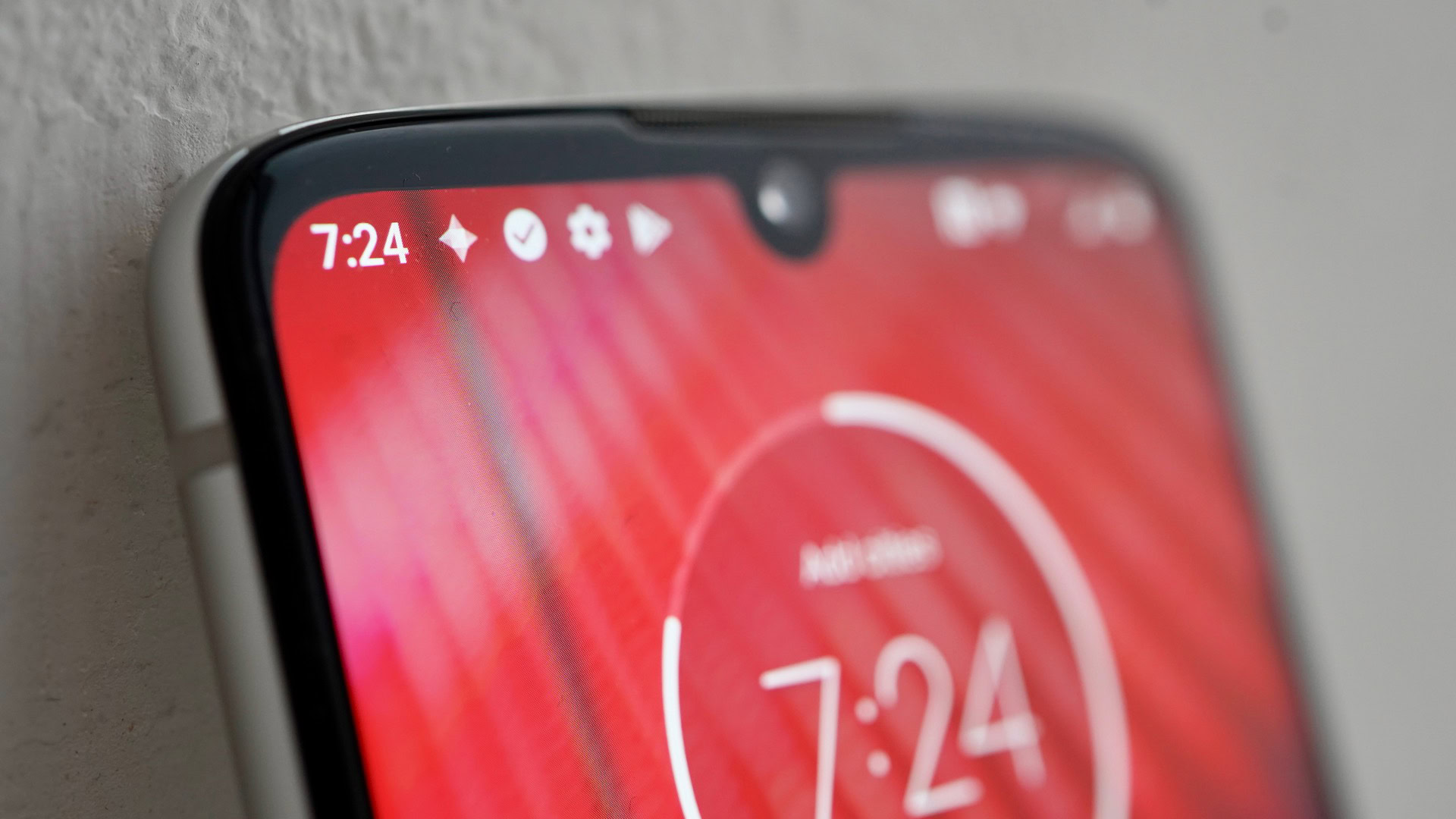
The Z4 also supports the advanced aptX HD Bluetooth audio codec, which delivers clean tones to your headphones. Whether you’re peacefully passing your commute or jamming out at the gym, the Bluetooth radio has you covered for 30 feet.
I’m not happy with the loudspeaker situation. Motorola has long opted to rely on a single speaker for its devices. The earpiece speaker, crammed between the glass and the metal frame, handles calls and music and does neither particularly well. It’s clear to me Motorola didn’t put much effort into the internal speaker thanks to the availability of detachable speaker Mods.
Software
- Android 9 Pie
Motorola’s software has led the pack for years. The company employs a mostly stock build of Android, with the lightest enhancements that actually improve the experience of using the phone day and in day out.
It’s the simple things. Chop the phone twice to turn on the flashlight. Twist your wrist twice to launch the camera. Flip the phone over to turn on Do Not Disturb. Motorola was one of the first with the always-on display, and it continues to lead with a flexible tool that gives you just the right amount of information at the right time.
Motorola’s one-button navigation system is far better than Google’s native Pie nav tool. Users can opt to use the traditional three-button arrangement or the single bar. The latter requires people to learn just a few simple thumb-based gestures that allow you to move from app to app seamlessly. Every other phone maker just needs to copy this already.
Even though the Z4 isn’t an Android One device, Motorola is committed to system updates. Users can expect to see system updates for two years and security updates for three years. That’s all you can ask for.
Specs
| Motorola Moto Z4 | |
|---|---|
Display | 6.39-inch OLED 19:9 Max Vision aspect ratio Full HD+ resolution at 2,340 x 1,080 1,000,000:1 contrast ratio 85 percent screen-to-body ratio |
Processor | Qualcomm Snapdragon 675 Octa-core processor (up to 2.0GHz) |
GPU | Adreno 608 |
RAM | 4GB |
Storage | 128GB Expandable with microSD slot (512GB max) |
Power | 3,600mAh 15W TurboPower charger included No wireless charging (without Moto Mod) |
Ports | USB-C 3.1 port microSD card slot Single nano SIM card 3.5mm headphone jack |
Cameras | Rear camera: 48MP sensor with 12MP output Quad Pixel technology f/1.7 aperture 1.6um pixel size OIS, PDAF, laser autofocus CCT dual-LED flash Front camera: 25MP sensor with 6.25MP output Quad Pixel technology f/2.0 aperture 0.9um pixel size |
Video | Rear camera: Up to 4K Ultra HD (30fps) video capture Front camera: Up to 1080p (30fps) video capture |
Audio | Top port loudspeaker 3.5mm headphone jack |
Security | In-display fingerprint sensor Face unlock |
Connectivity | LTE: B2/B3/B4/B5/B7/B12/B13/B20/B28/B66 UMTS: B1/B2/B5/B8 CDMA: BC0/BC1 GSM: B2/B3/B5/B8 Bluetooth 5.0 NFC support GPS, AGPS, GLONASS, Galileo |
Software | Android 9 Pie |
Dimensions/Weight | 75 x 158 x 7.35mm 165g |
Colors | Flash Grey, Frost White |
Moto Mod Support | Yes |
Value for the money
- Moto Z4 + 5G Mod — $499
- Moto Z4 + 360 Camera Mod — $499
Motorola has muddied the value equation a bit by forcing people to buy a phone and mod package. At the moment, you cannot purchase just the Moto Z4. Whether you opt for Verizon’s $200 5G Mod or the 360 Camera Mod, you’re looking at about $500 for the phone. I’d prefer to see the phone sold without a Mod for $400 or less, but Motorola isn’t there yet.
The 5G Mod makes for an enticing package. You’ll be able to use the Z4 and Mod together to access Verizon’s 5G network in a handful of markets. Speeds on Verizon’s 5G network are incredible, but finding coverage is problematic at best. This makes the $200 expense a bit dubious. As for the 360 Camera, it’s a decent alternative to dedicated 360 cams. It takes passable 360-degree shots and it is a slim add-on.
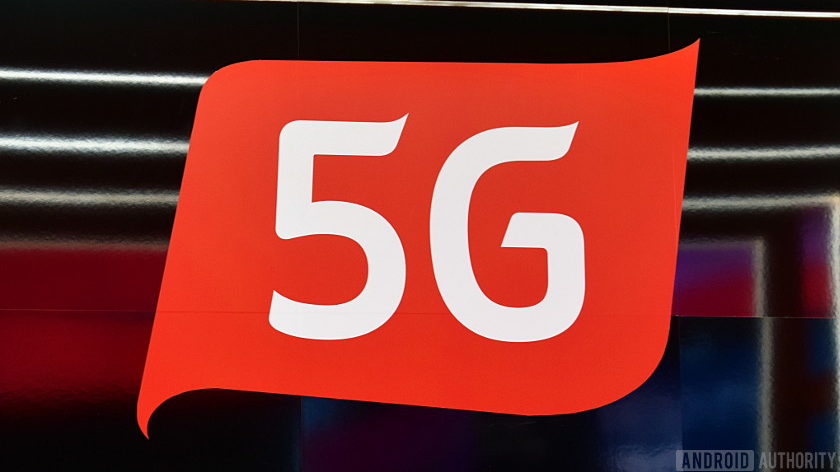
Motorola Moto Z4 review: The verdict
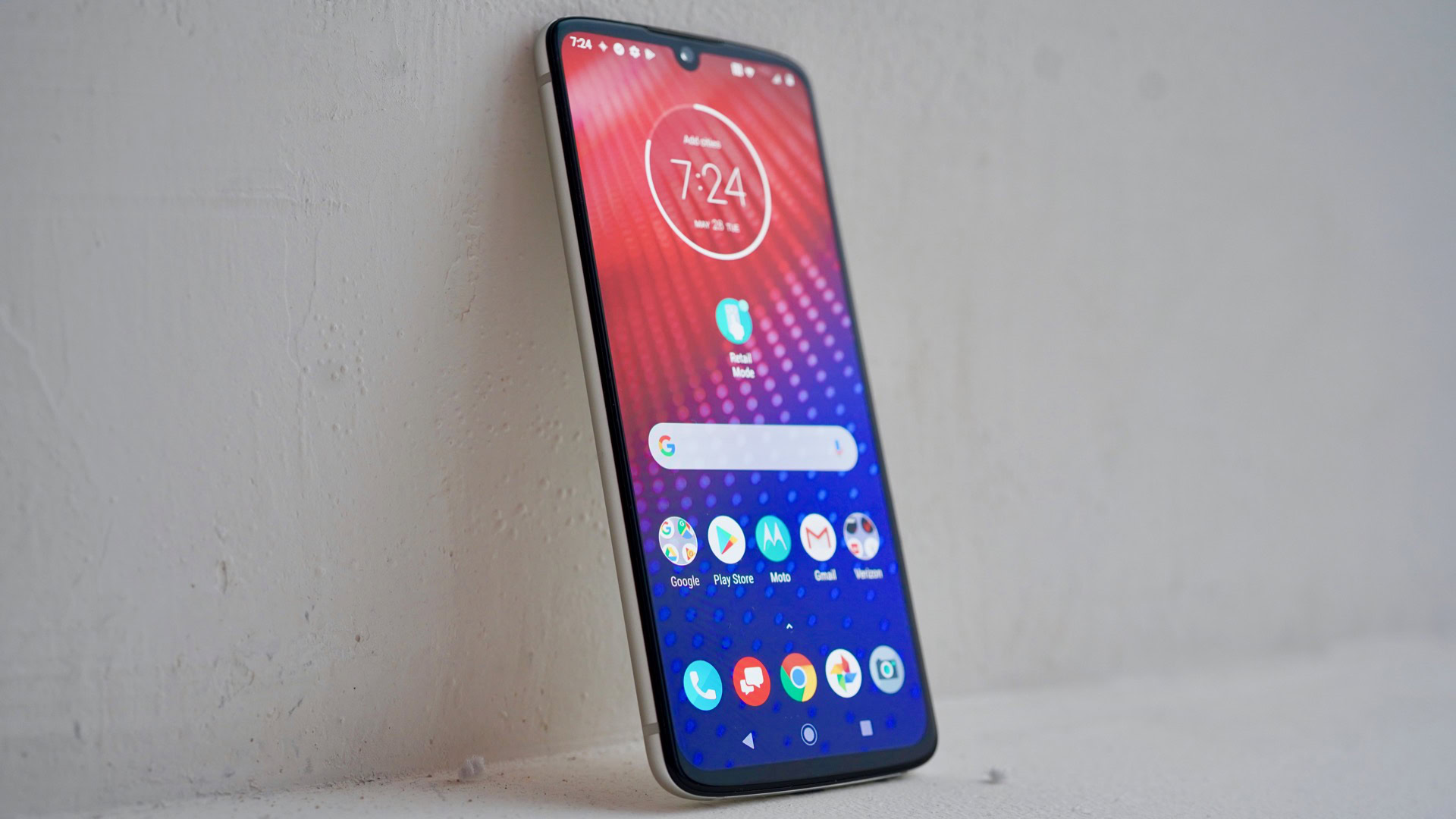
After spending more than a week with the Motorola Moto Z4, I can’t help but be left with the feeling its a placeholder, the lowest-denominator fulfillment of a commitment. It’s as though Motorola was beholden to Verizon to create one more generation of Mod-compatible Z phones, and this is what we got. Motorola is treading water, keeping its head above water but not necessarily making any progress towards the shore.
The Z4 is no flagship like its predecessors, despite wearing their brand. It’s a more true successor to the Z3 Play than the Z3, and even then has several compromises that are hard to overlook.
My biggest concern is the uneven experience. A phone that starts life as a janky performer rarely changes its tune. The camera was also a bit of a letdown.
What are the reasons to buy this phone? The great screen, crushing battery life, and the excellent Android experience.
If you’ve already invested in Motorola’s ecosystem of Mods and don’t yet have either the 5G Mod or the 360 Camera Mod, then perhaps one of these packages is for you.